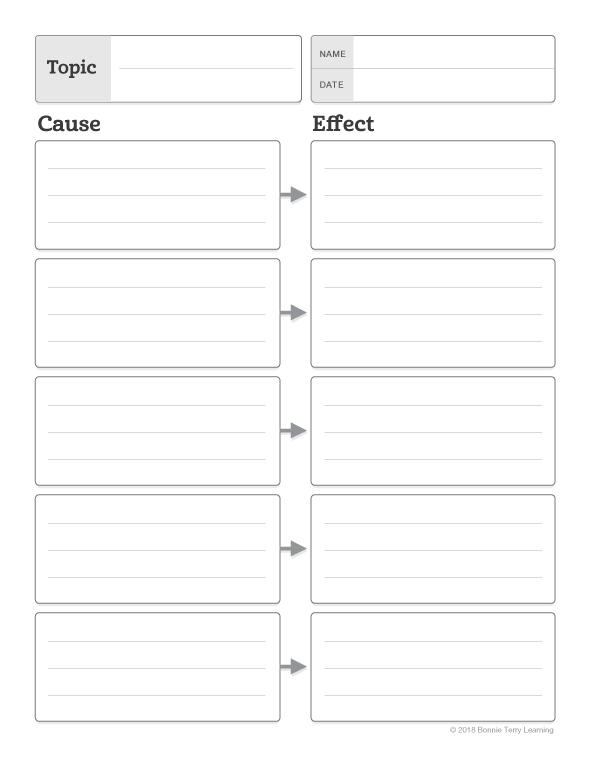Star Note-Taking Form
This form is perfect for informational reading. Write the main idea of the story, paragraph, or experience (field trip, etc.) in the center. Then write five details about it, one on each point of the star. For example, if the topic is trees, write trees in the center and five facts about them on the points of the star. You can then use your completed form as a study guide or notes with which to write a paragraph about your topic.
Hint: For the Main Idea, think: This paragraph or story or selection tells me about _______________.
Details can include: number, size, dimensions, shape, direction, sensation, direction, color, action, time, setting, background, movement, sound, or answer the questions why or how.
These forms are best used for:
Informational, topic or subject-oriented material.
Example topics: space, trees, hieroglyphics, frogs, or baseball cards, etc.
Placing the main idea in the center of the star and five details that support or provide details about the main idea around the star.

